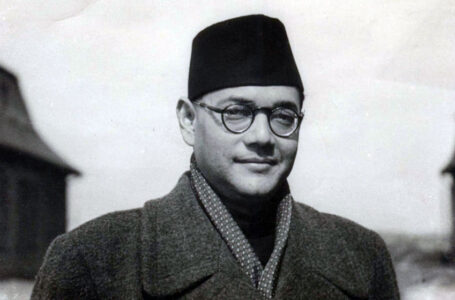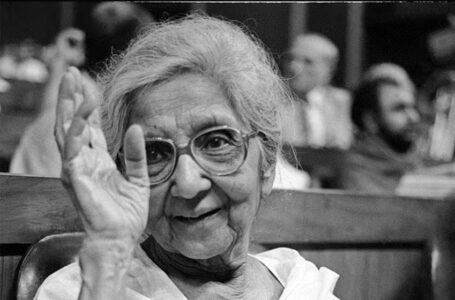Australia’s Migration Reset: Seven MEGA changes from July 2025
An ancient Indian university on a journey to regain its historical glory
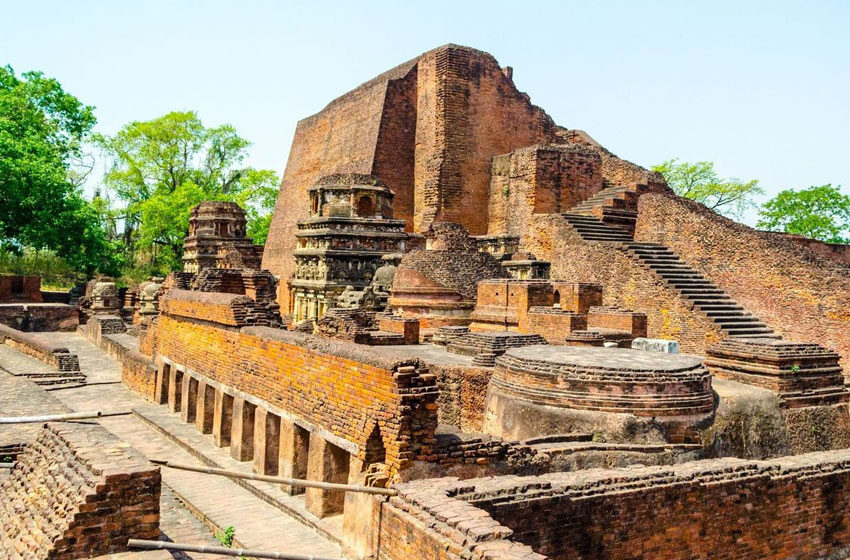
Nalanda University was an ancient learning centre for students across the country and the neighbouring nationalities in the early 5th and 6th centuries. The Buddhist monastic institute located in the ancient Magadha (modern-day Bihar) was the world’s first residential University. Many historians and scholars have considered it one of the greatest learning centres. Besides, Kumaragupta I of the Gupta dynasty built Nalanda Mahavira in the 5th Century CE; the teaching faculty included some of the most respected scholars of Mahayana Buddhism.
On the other hand, the institute taught six primary Buddhist schools and philosophies like Yogacara and Sarvastivada. Similarly, it emphasised other subjects such as grammar, medicine, logic and mathematics; it had many collections of Buddhist Sanskrit texts, some of which Chinese pilgrims Xuanzang and Yijing took to China.
The Fellowship of the University was regarded as the highest academic degree of those times. Entrance examinations into Nalanda were very hard to pass, and Hiuen Tsang documents only 20% could secure admissions. Around 100 lectures were arranged daily, and about 1,500 teachers were in charge of the estimated 8,500 students enrolled there. Once registered, students were given free lodging, food, clothing, and education.
Over 750 years, the University received patronage under the subsequent Gupta and Pala dynasty rulers. However, the glory of the University came to an end when Turkish general Bhaktiyar Khilji attacked one of the several monasteries of Nalanda. Also, Minhaj-i-Sharif, a historical account, states that Khalji was busy conquering the region for a year or two before the attack. So, the invasion of the University was in line with the Islamic conquest of the Bihar Sharif region.
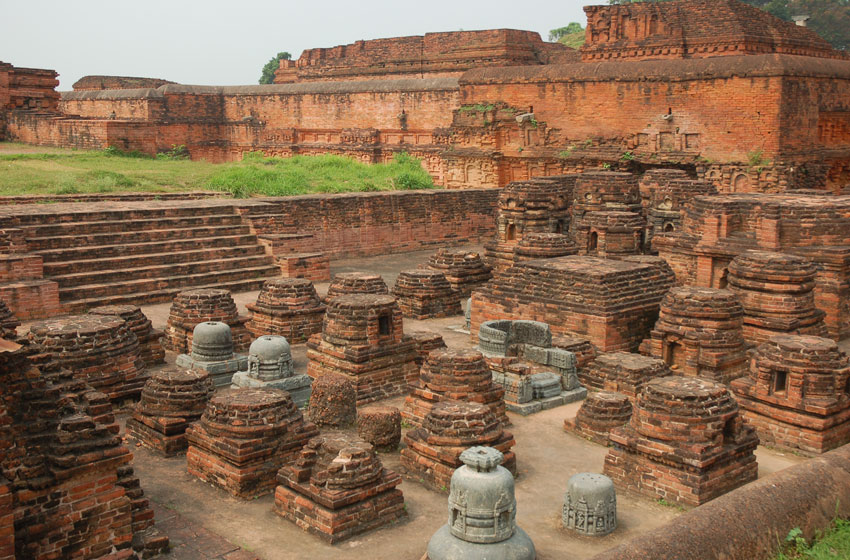
Furthermore, the great library of Nalanda contained 9 million manuscripts which were reduced to ashes after the General set fire to the library. Consequently, for centuries the institute languished in ruins.
Revival of the University
Former President Abul Kalam Azad spoke about reviving the ancient University in the Bihar State Legislative Assembly in March 2006. Simultaneously, at the 2nd East Asia Summit in 2007, sixteen member countries suggested the idea of re-establishing Nalanda. While in 2009, during the 4th East Asia summit, ASEAN member states, including Australia, China, Korea, Singapore and Japan, promised further support.
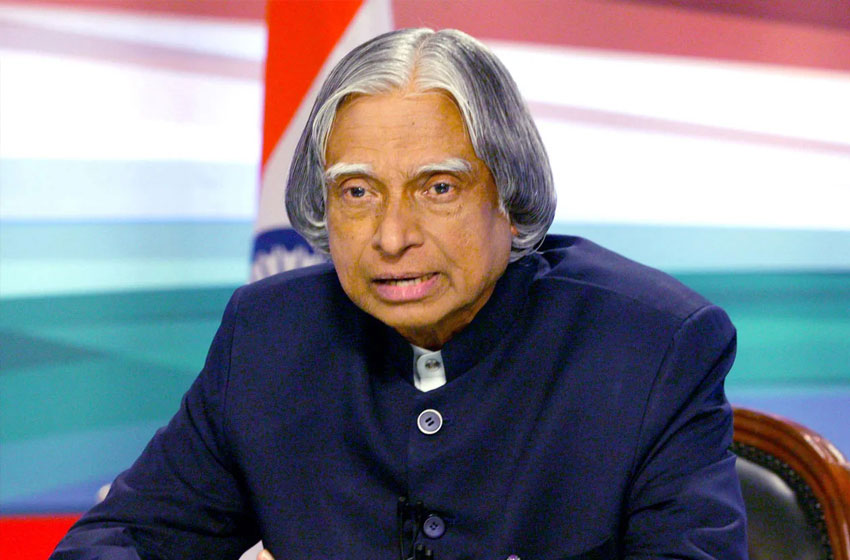
The architects chose the architectural design based on global competition, and the jury consisting of architects, including Liu Thai Ker, chose Pritzker Prize laureate BV Doshi’s firm, Vastu Shilpa Consultants as the winner of the design competition. The firm dbHMS provides the triple net-zero energy, water and waste-strategic plan.
A stretch of 450 acres of land at the base of the Rajgir Hills was identified and acquired to house its campus. The Nalanda University Act 2010 was passed in both the Houses of the Indian Parliament, and a high degree of cooperation between the Bihar Government and the Centre thus marked the establishment of Nalanda University in its new form.
The University’s new campus has a high-quality and cutting-edge infrastructure, which the architects created in the same layout as in the past. Also, seventy per cent of the construction has been completed while the residences are still under construction.
University’s faculty and different departments are determined to provide the best educational facilities to its students. Additionally, the institute houses students from 31 countries leading a cultural confluence in every sense.



